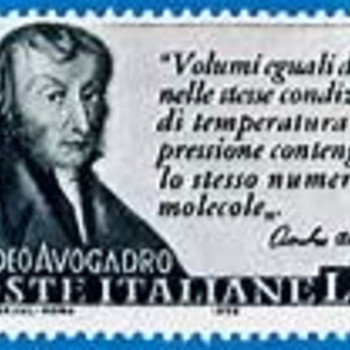How would #MnO_4^(-)#, and #SO_2(g)# interact?
1 Answer
We would assume that the permanganate ion, which is a potent oxidant...............
Explanation:
We would assume that the permanganate ion, which is potent oxidant, oxidizes the
I would recheck this question. They should give you a bit of context (I am guessing that you are an undergrad). Namely, that the reaction proceeds with the disappearance of the deep purple colour of permanganate to give the almost colourless

